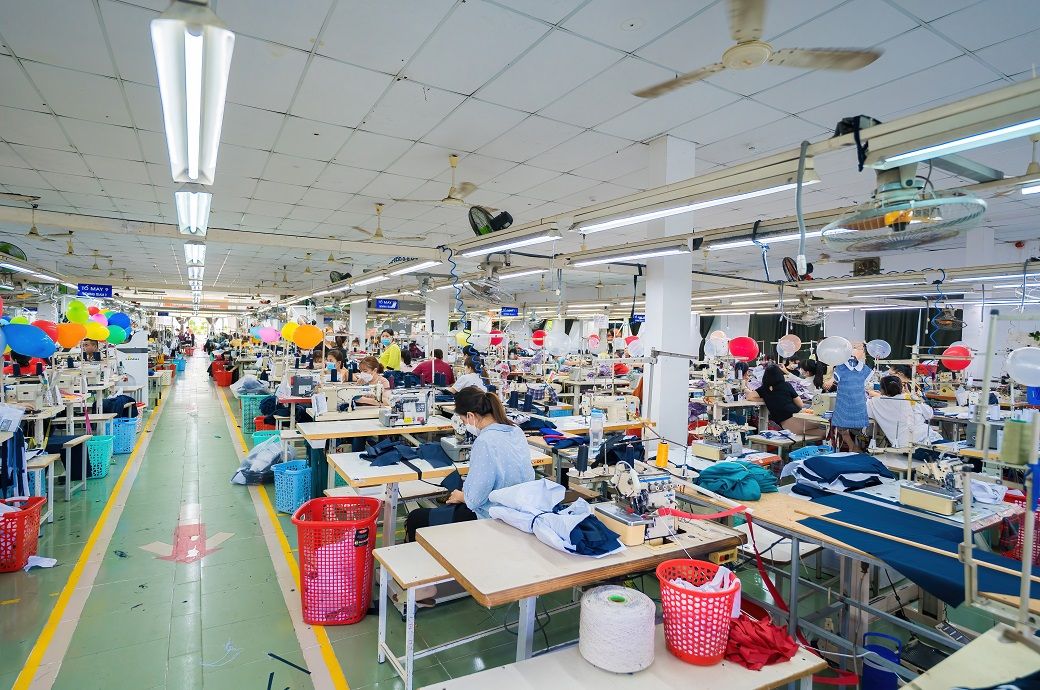
Manufacturing production decreased for the second month running, and at a solid pace as companies reported that securing new orders had been challenging during the month amid demand weakness. The solid reduction was faster than that seen in March, according to the S&P Global Vietnam Manufacturing PMI report.
The difficulties securing new orders were shown by further reductions in both total new business and new export orders at the start of the second quarter of the year. The rate of contraction in total new orders quickened from the previous survey period, while new export business fell at a softer pace.
Declines in new orders meant that firms were able to further deplete backlogs of work, which decreased for the fourth consecutive month. Stocks of finished goods, meanwhile, increased to the greatest extent in two years. Manufacturers continued to lower their staffing levels, both through the non-replacement of leavers and job cuts in response to lower workloads. Moreover, the rate of contraction was the sharpest for a year-and-a-half.
Firms also scaled back their input buying in April, the second month running in which this has been the case. A decline in demand for inputs helped lead to a fourth successive shortening of average lead times. Some firms also reported that improved transportation conditions had helped to improve vendor performance.
With input buying lower, a fourth consecutive decline in stocks of purchases was recorded. That said, positive expectations for the future encouraged some firms to add to inventories, meaning that overall, the rate of depletion was only marginal.
Positive sentiment was reflective of hopes that the current demand weakness would prove temporary, with a recovery taking place over the course of the coming year. That said, optimism was the lowest in the year-to-date.
The rate of input cost inflation slowed for the second consecutive month in April, easing to a slight pace that was the weakest in the current 35-month sequence of inflation amid some reports of lower raw material prices. Where input costs did increase, firms generally linked this to rises in prices linked to fuel and oil.
A reduction in cost pressures and a subdued demand environment combined to result in a reduction in output prices, thereby ending a three-month sequence of inflation. Charges were lowered across the consumer, intermediate, and investment goods sectors.
Fibre2Fashion News Desk (NB)